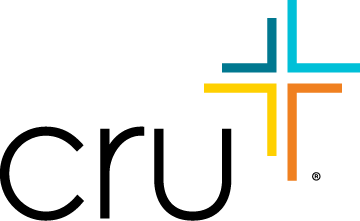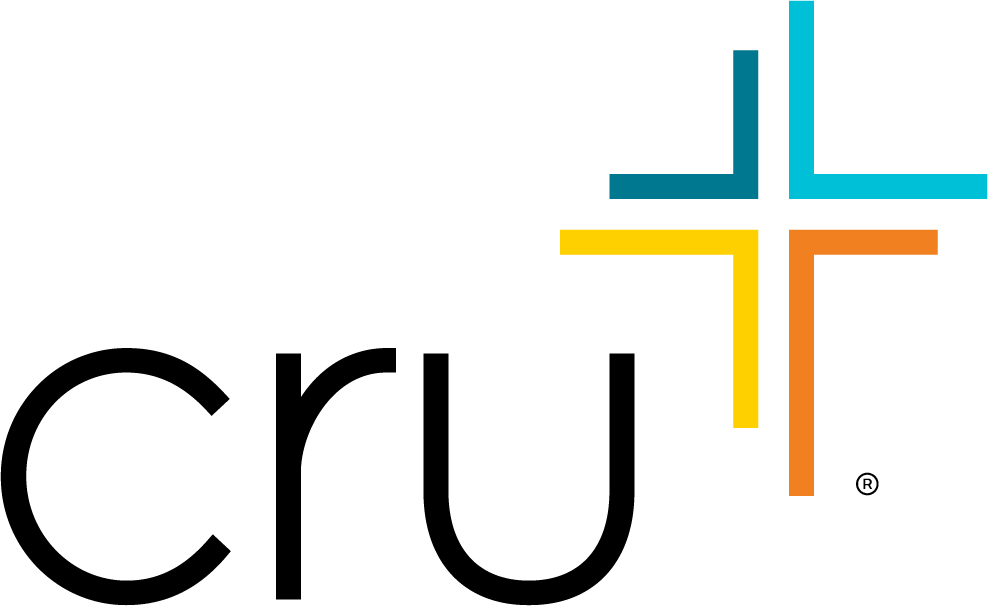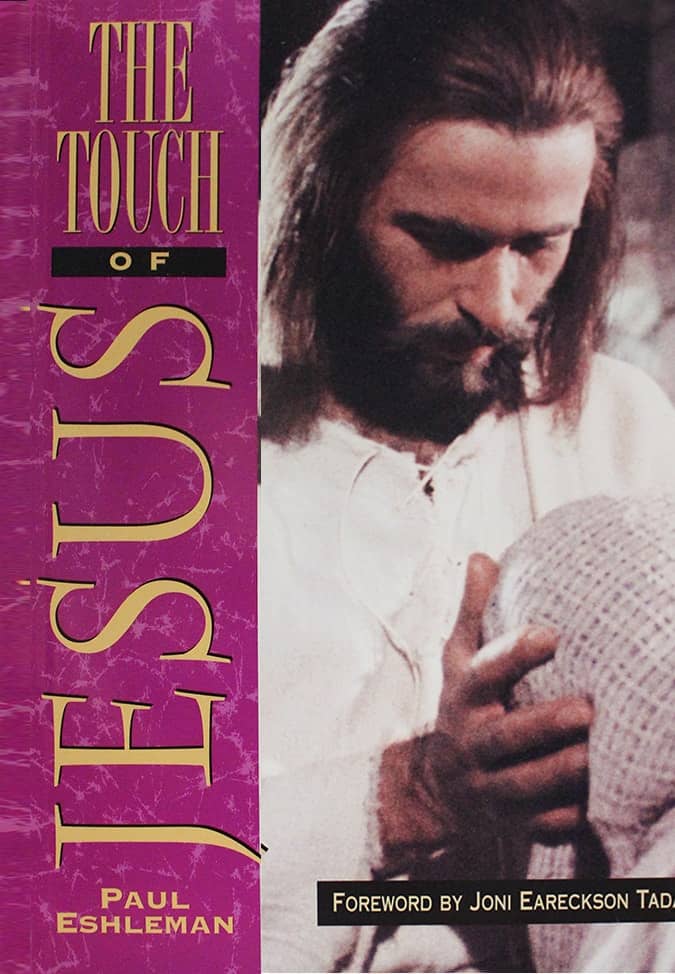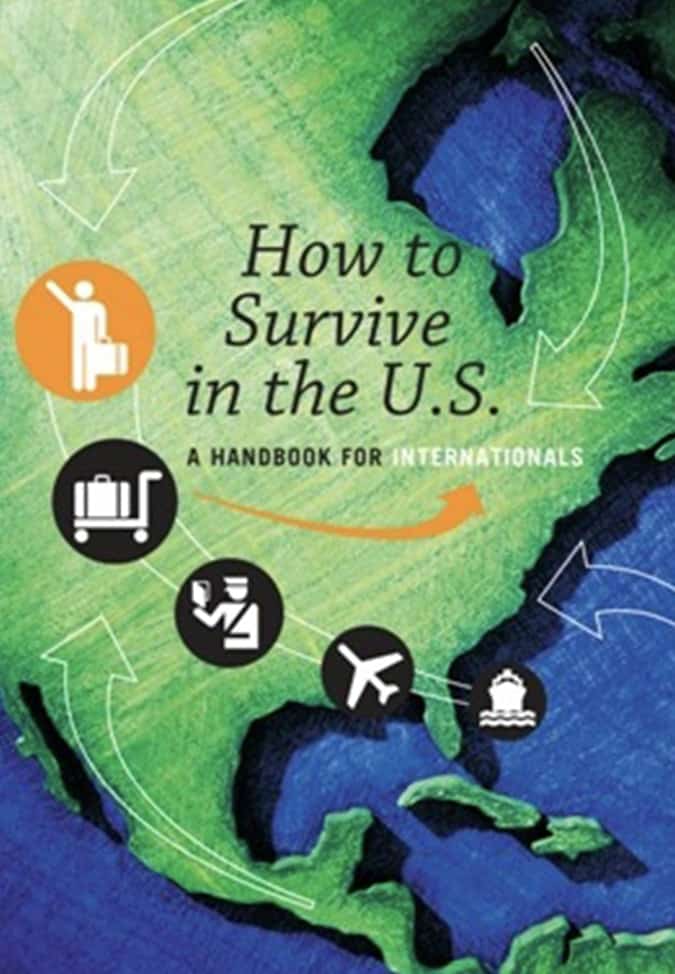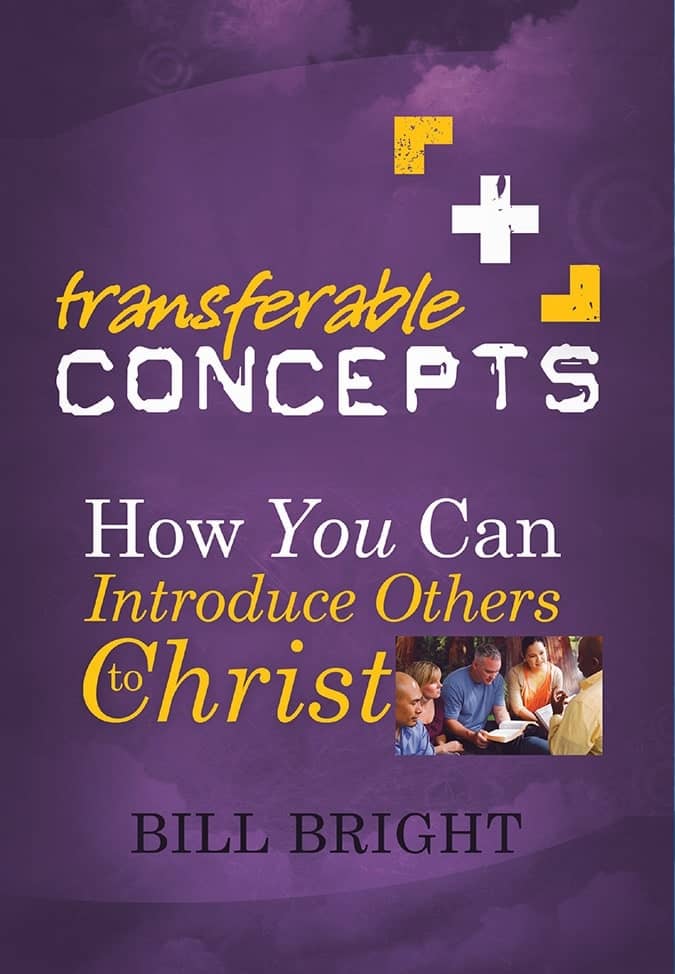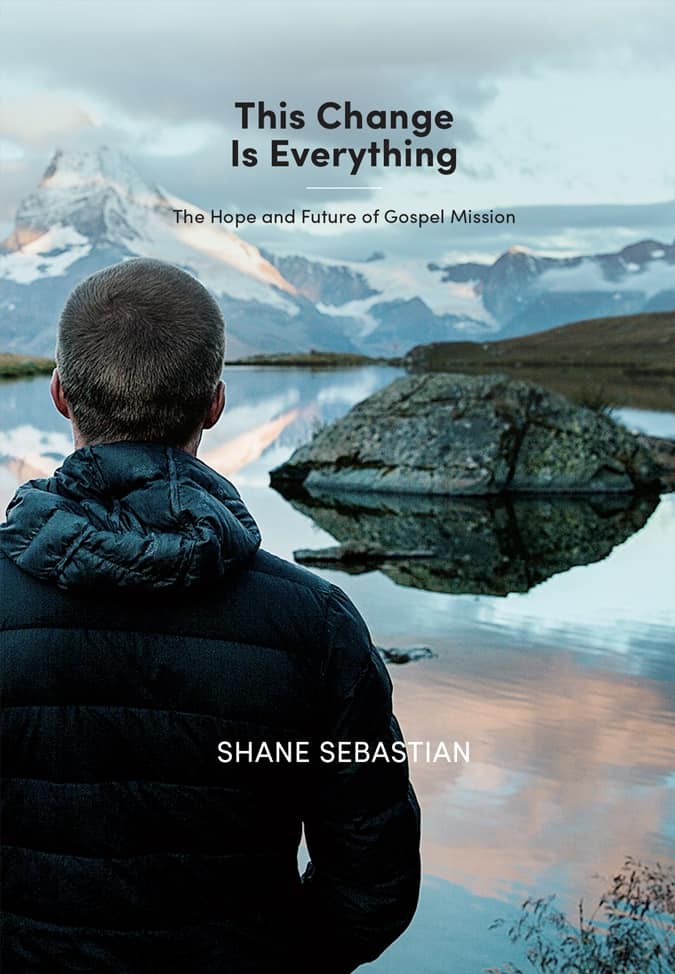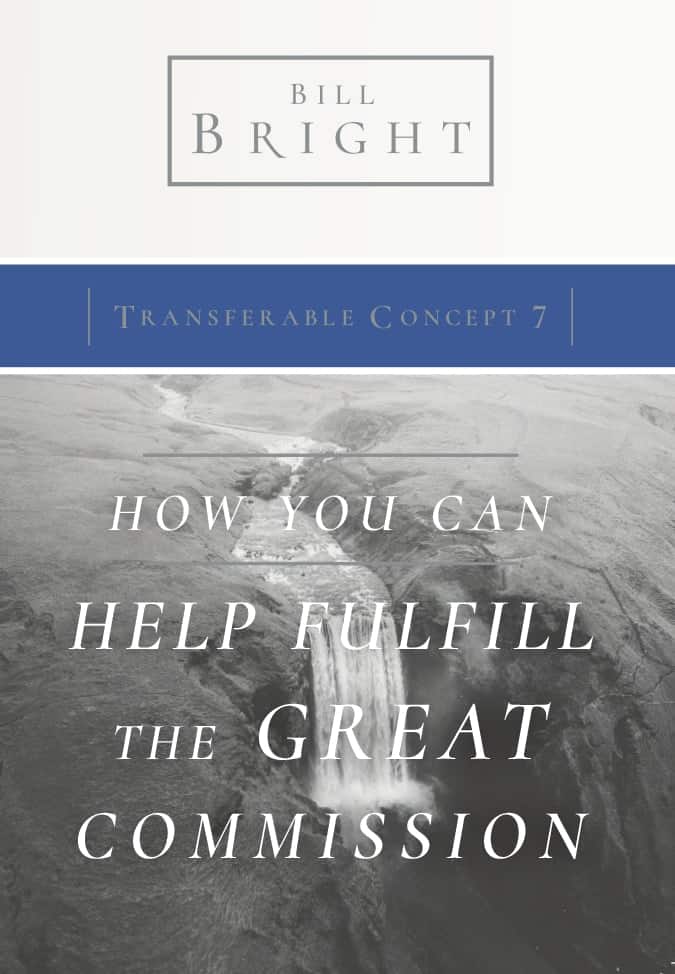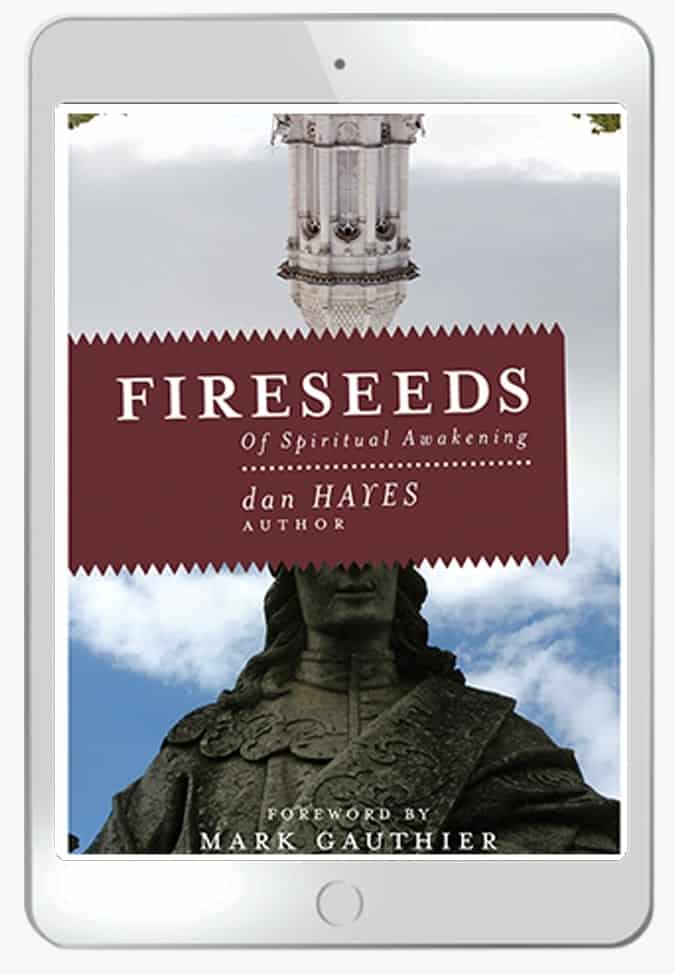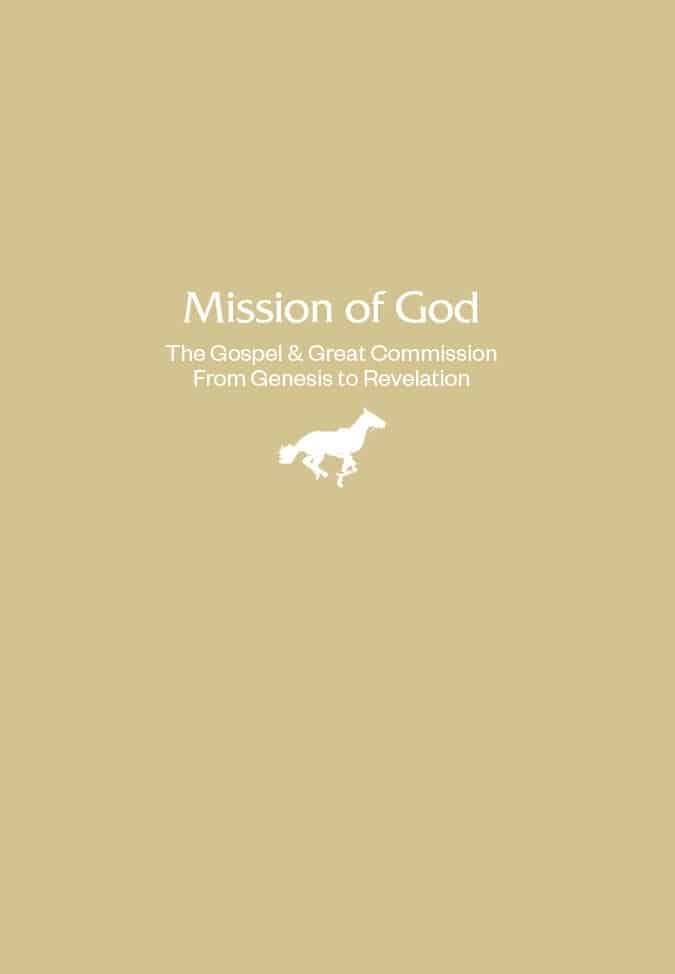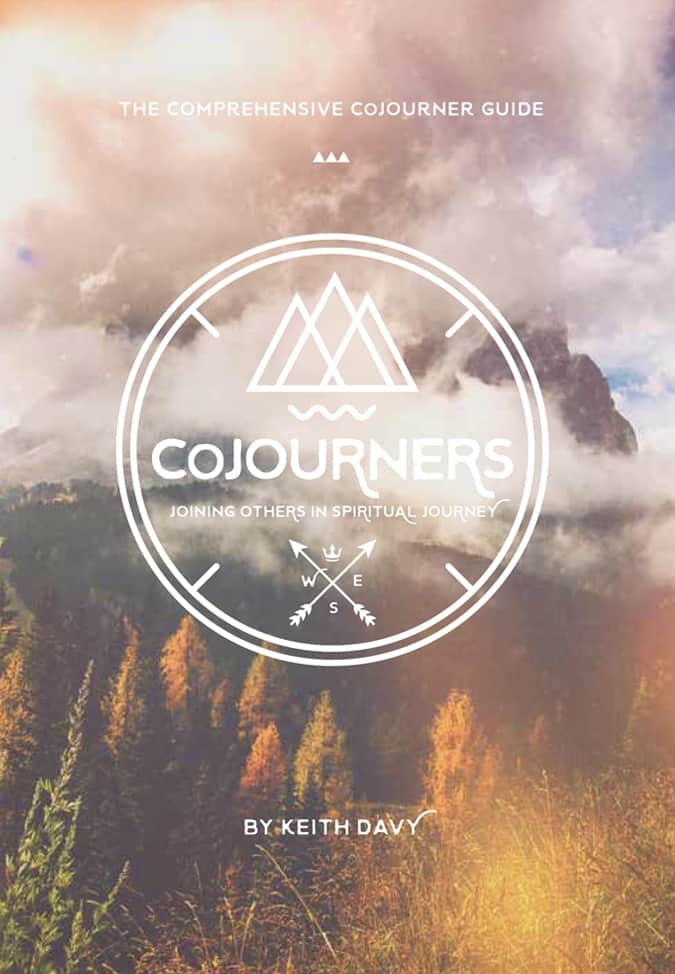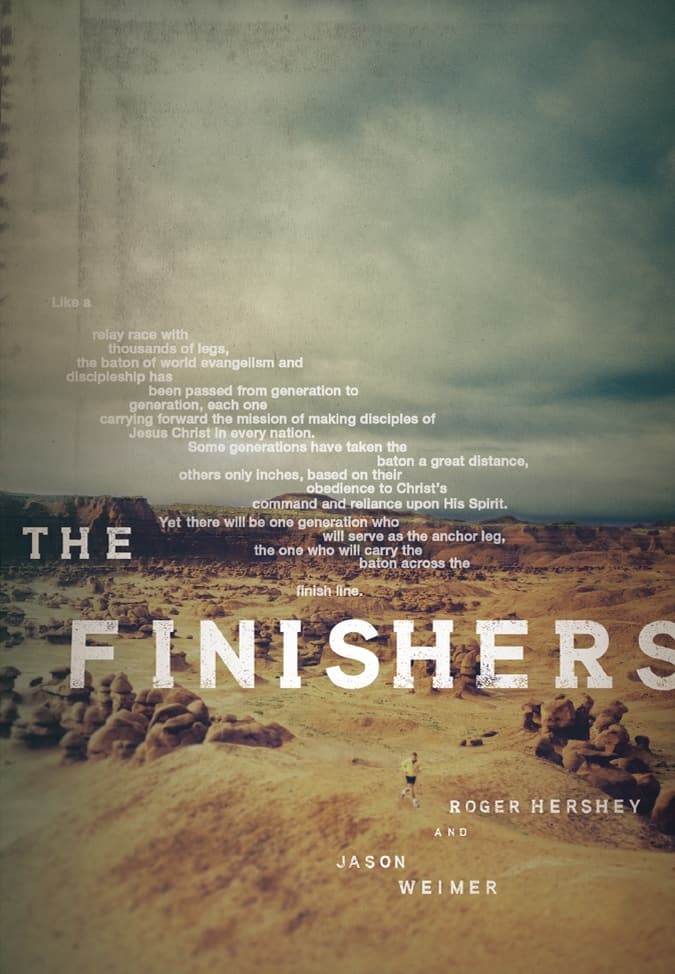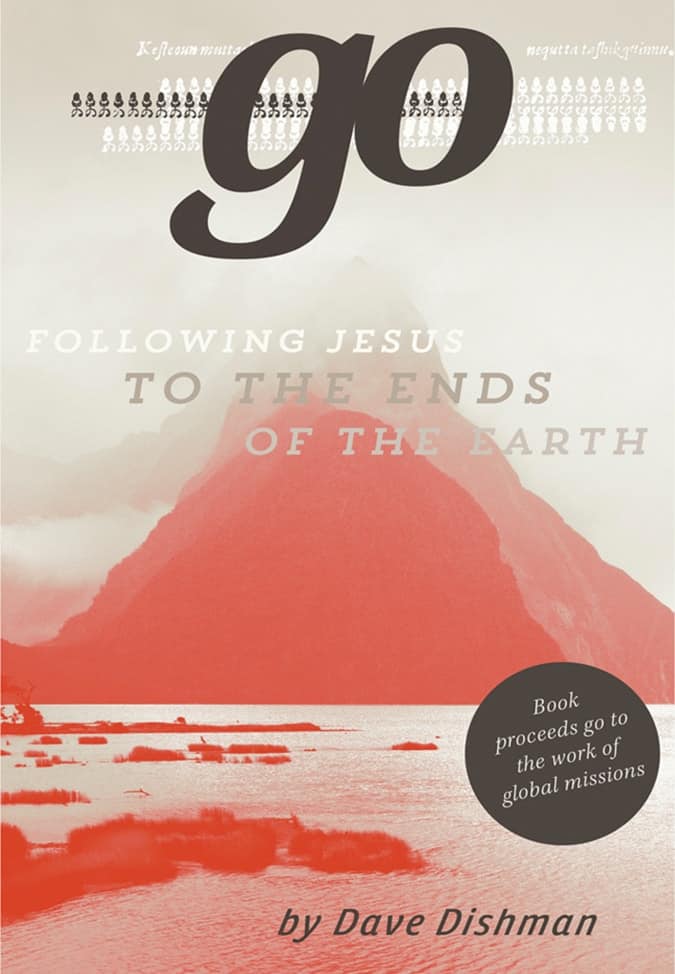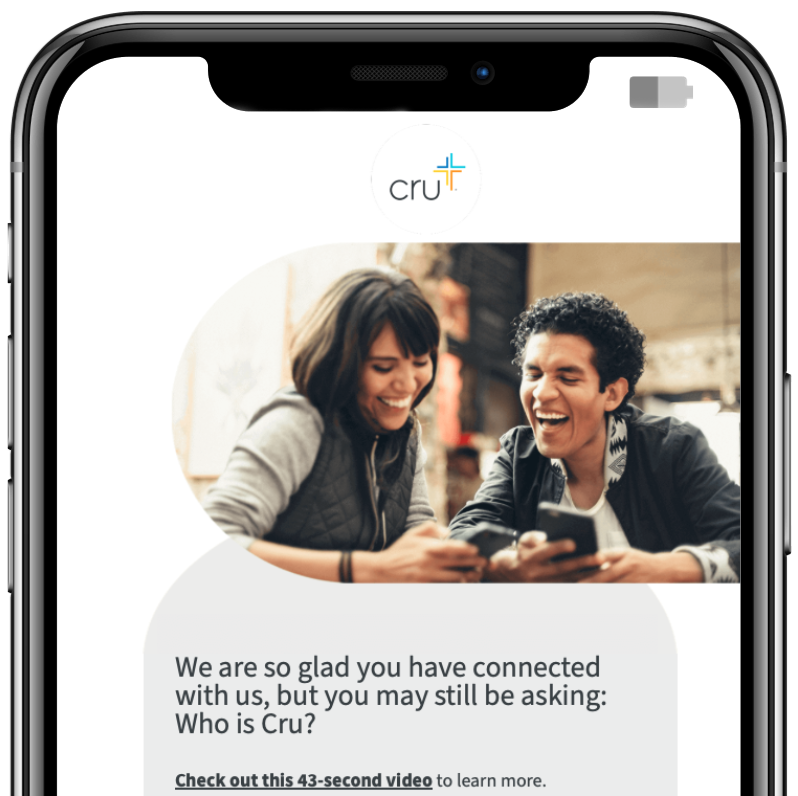Making a Fellowship Dinner Worth It

Is it worth the effort? Does it really work? These are the questions we all ask before diving into any new effort. These are the questions I had regarding the “Fellowship Dinner” strategy back in 1997.
I was working at the information booth at our Christmas conference in Minneapolis, desperately trying to get out of working too hard; I had signed up for an afternoon slot hoping it would be an easy time. It worked. There wasn’t a soul that needed information that afternoon, so I had plenty of time to chat with some other hardworking campus directors.
Somehow our conversation moved from important things, like sports, to the new strategy to gather critical mass called the “Fellowship Dinner.” I was skeptical. I hadn’t seen anything come close to giving us the kind of resources we needed to get the job done at my campus, the University of Wisconsin – Stevens Point (UWSP).
When I came to UWSP, I was handed a $700 budget to reach 8,700 students. I tried selling Freshman Survival Kits that year. Not really, but I did come up with three strategies to raise funds:
1. Call my regional operations director and beg. It worked. He dug me out of the hole and got me back in the black.
2. Get staff and students to participate in “Operation Impact”. This stroke of genius had us asking local businesses for pledges as we picked up trash in the community. We might have raised $500.
3. Call alumni. I did this very thing and saw about $300 of monthly support committed. Not bad, I thought.
Unfortunately, these strategies peaked in their first year or two. Even at gunpoint, my regional director wouldn’t cough up any more cash. Pledges for picking up trash had a ceiling. And, over the years, I’ve found it extremely difficult to develop our alumni support; alumni tend to want to support their friends coming on staff, not our campus account.
So, having thrown myself into some strategies that had, at best, moderate success, I had my doubts about the Fellowship Dinner.
A TON OF QUESTIONSI had a ton of questions, like: After paying for the dinner and expenses, were there any funds leftover for your ministry? How much time did it take from your weekly schedule to pull off this major event? Do people follow through on their pledges and do I have to follow-up with people after the dinner? Who does what work? Is a college town of 26,000 people big enough to draw from? Should I launch a dinner when my major church supporter is in a building campaign? These were just a few of my questions. I think what finally convinced me to go for it was the fact that I didn’t have a better idea. I was convinced I did not have adequate resources to reach every student at UWSP and this was the best idea out there.
IT ACTUALLY WORKEDFive years and five dinners later, I’m convinced the Fellowship Dinner is worth it. Today we have financial support throughout Central Wisconsin and a presence in the community of Stevens Point that we’ve never had before. A development council has emerged, and it is filled with people who are committed to raising the funds and doing any work necessary to help us accomplish our mission. The bottom line is this: we’re able to reach more students with the gospel with an annual budget of $40,000 ($32,000 from our dinner in 2002).
And yet, every year I’ve had to wrestle with my attitude. Is this worth my time? For about eight weeks from late January through early March, I’ll spend 10 hours per week planning for and organizing the dinner. Each year it is sort of like personal support raising, where I have my doubts—“God, you did it last year. Will you do it again this year?” But, even through our worst snowstorm of the winter, March 2, 2002, where a blizzard kept away nearly 20% of our expected guests, we had our best financial year, taking in $32,000!
SOME LESSONS LEARNEDSo, I’ve moved from doubter to believer in the Fellowship Dinner. And, I’ve learned some practical things along the way to make this strategy worth the effort. In bullet fashion, here is some of what I’ve learned:
Adjust how I view my role. I can no longer be the primary guy in the dorms leading the charge in raising up freshmen. Initially, I saw myself being forced into the role of a spokesperson. Today, I kind of enjoy it. The reality is that my new staff, interns, and student leaders are more effective at evangelism in the dorms than me.
Receive help from the regional operations team. From creating the invitations, to data entry, to a monthly newsletter, there is no way we could pull this off without the support of our ops team in Minneapolis.
Go hard after table hosts. The general donor list from Cru only brings a handful of people to our dinner. People inviting people, is the way to go. For our first dinner, I asked people I barely knew to host a table. I was amazed to see 20 table hosts emerge that first year. Now, my Development Council and staff team assist me in recruiting table hosts. Though we’ve only been able to consistently get 20 table hosts each year, new hosts with new networks have brought in new dollars. Table hosts are so important, we do a “Table Host Dessert” about eight weeks before the dinner to motivate, organize, and give our table hosts enough dinner invitations to fill their tables.
Follow the manual’s directions to the letter. We serve prime rib, not chicken at our dinner. Why? At first, because the manual said so and I didn’t want to screw it up. But now, we see how a high quality meal sets us apart from other banquets and it communicates that we want to celebrate what God has done this year in the lives of students. Another example, is that after the financial ask in the program, the manual states that you are supposed to stand behind the podium, silently, for five minutes while people make their decision, fill out their “faith-promise” envelope, and then hold up their envelope for an usher to pick it up. Five silent minutes in front of an audience felt like an eternity the first year. Now, I see that it is a necessity.
Provide a quality program. Student testimonies are a hit with the locals, so we feature three students telling their stories, but only after they’ve rehearsed in front of staff. Also, I’ve added an alumni testimony and a donor testimony to the program. My 25 minutes in the program as a local leader are a critical time for casting vision. FSK’s at each table and some kind of visionary table piece are just a few of the elements that are needed. For example, we put together some laminated newspaper clippings and promotional pieces that featured an “I Agree With...” campaign at each table so people can literally see what they’re contributing to. Visual aids can be very powerful.
Send a letter to past attendees who didn’t attend this year. A couple of weeks after our dinner this year, I sent a letter with an envelope. I communicated that I was sorry that they couldn’t make it this year, what our vision was, what our budget was, and would they give (the amount they had previously given). About $5,000 came in from this letter.
A FEW PRACTICAL THINGSThese are just a few practical things we’ve done to make a Fellowship Dinner worth it. Recently, I asked my development council, “Are we getting the same people every year and therefore is it necessary to do the dinner every year?” After researching our database, we found that we’re getting a significant number of new people each year. Of 150 at this year’s dinner, about 30 were new. Of these new folks, several gave big. Four new couples, for example, gave $6600 of new support that would not have come in if we didn’t do the dinner.
So, do we continue to use the dinner strategy to assemble adequate resources to reach every student? Until I have a better idea, the answer is “Yes.” And, when I consider what we’re able to accomplish today with a $40,000 budget, like supporting our partnerships in Brazil and France, purchasing 1,000 FSK’s and other evangelistic strategies, providing 1800 square feet of office space for my staff team to be more effective, and giving thousands of dollars to scholarship students to life-changing conferences, it’s worth it.
Besides that, it sure beats getting pledges to pick up trash.
